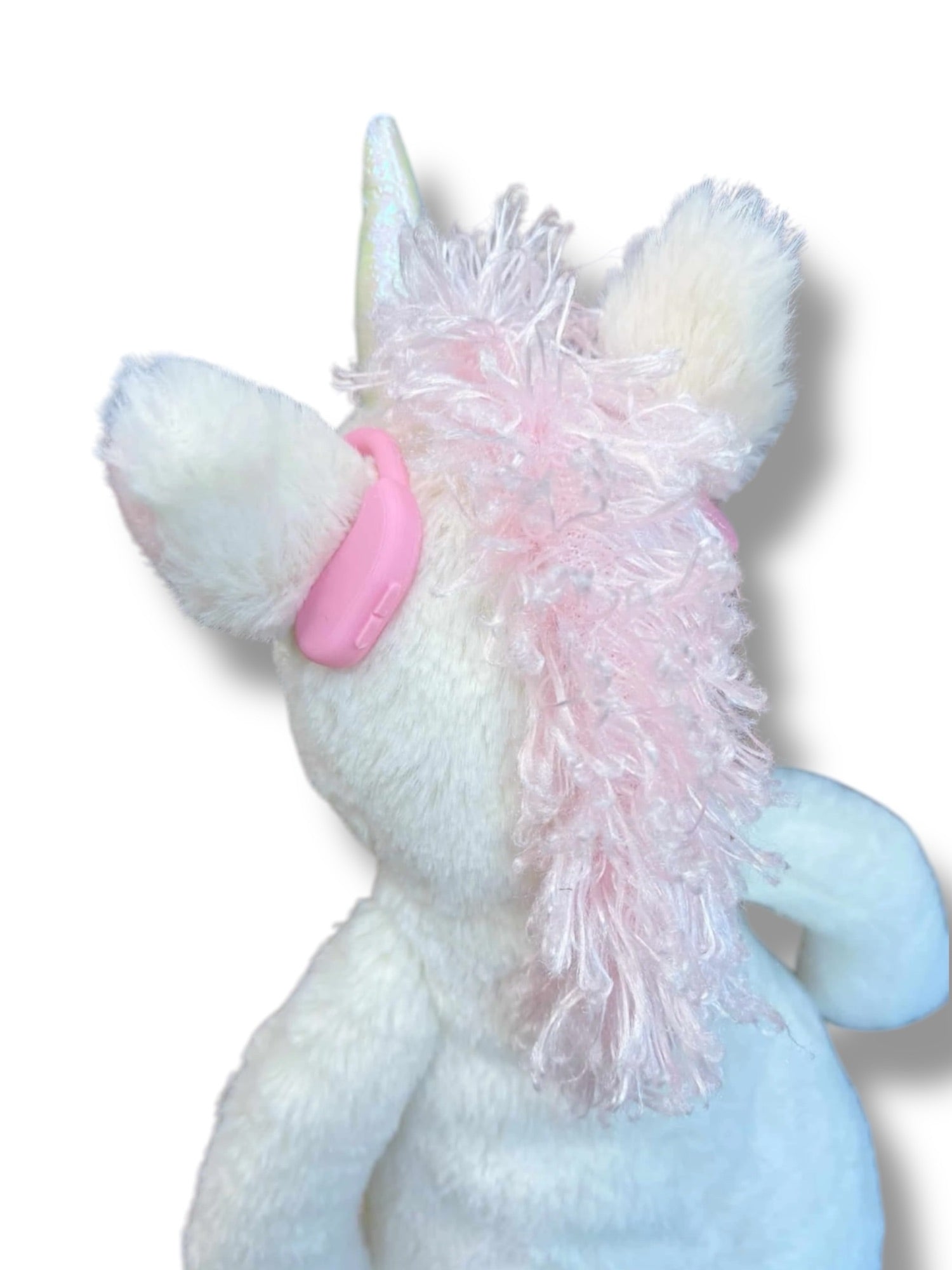
Teaching Kids About IVs and Infusions Through Play
Medical procedures can be intimidating, especially for children.
At The Butterfly Pig, we believe in the power of play to transform fear into understanding. Our medical toys—like the pretend butterfly needles, infusion pumps, and syringes—are here to help children learn about IVs and infusions in a gentle, empowering way.
But toys aside, if you are preparing your child for their first IV or infusion, we have compiled some tips and tricks that’ll help!
In this post, we’ll explore how play can prepare kids for IVs, share child-friendly steps to demystify the process, and even define common terms in language little ones can understand.
Learning Through Play
Children process the world through play, and medical scenarios are no exception. By letting kids role-play as doctors, nurses, or patients, you give them a safe way to explore their feelings, ask questions, and gain confidence.
Sarah, a mom who purchased our butterfly “needle,” says it perfectly:
“The little ones love treating their dolls along with getting their treatments. The accuracy of all the devices is extraordinary & appreciated!”
Child-Friendly Steps to Getting an IV
-
Explain the Process: Describe each step in simple terms.
- “First, a nurse will find a good spot on your hand or arm to put the tiny tube.”
- “Then, they’ll clean the area so it’s nice and safe.”
- “Next, they use a small needle to help put the tube in. It’ll feel like a quick pinch”
- “Don’t worry – the needle comes out right away! They just leave a little soft straw in”
- “Then we’ll use tape to keep the straw in place.”
- “Next, you can watch us connect it to this really cool robot machine that makes the medicine and fluid go in at the perfect speed.”
Practice With Toys: Use the toy butterfly needle and infusion pump to role-play the process on a doll or stuffed animal. This helps normalize the procedure. If your child already has a fear of needles, a toy version may help desensitize the experience.
Introduce Coping Tools: While pretending, teach calming strategies like deep breaths or squeezing a favorite toy.
-
Be Honest About Sensations: Explain that the poke might feel like a pinch but it’s super quick. Discuss how you’ll help them feel better after (Ice, kisses, hugs).
Knowing what to expect can make the experience less scary, and less traumatic.
Celebrate Bravery: After the play session, let your child know how proud they should be of their courage.
Kid-Friendly Hospital Vocabulary Guide
Research shows that unfamiliarity is a HUGE part of medical anxiety. Knowledge is key to children feeling empowered in there care. Here’s a mini glossary of terms they may hear about IVs and infusions:
- IV (Intravenous): A tiny tube that gives your body medicine or fluids through your hand or arm. It means “IN the VEIN”.
- IV Fluids: Special liquids, like water with vitamins or medicine, that go into your body to help you feel better.
- Saline: Salty water that helps keep your body hydrated and happy. Ever taste your tears? Salty right?
- Clave: A little cap on the IV that keeps everything clean and safe. It’s where the nurse connects medicine or fluids.
- Blood Return: When the nurse checks that blood flows back into the IV tube to make sure it’s in your vein.
- Vein: Tiny “tunnels” inside your body that carry blood to and from your heart. The IV goes into a vein.
- Butterfly Needle: A small, special needle that looks like it has wings—just like a butterfly!
- Infusion Pump: A machine that makes sure medicine goes into your body slowly and safely.
- Syringe: A tool that helps put medicine into your IV or take stuff out.
- Blood Draw: When a nurse takes a little bit of your blood, so it can be looked at under a microscope to see how healthy it is.
Game Ideas For Hospitalized Children
“What’s in the Bag?” Guessing Game
Create a pretend IV bag filled with a mystery item (cotton balls, small toys, or even beads). Let your child feel the outside of the bag and guess what’s inside.
Afterward, explain how IV bags deliver fluids to help patients feel better.
Vein Finder Treasure Hunt
Draw “veins” on paper or a doll using invisible ink pens like these, then let your child use the light to “find” the veins.
You can explain how nurses find the best spot for an IV using similar tools in real life.
Medicine Mix-Up Match
Create pretend IV bags with labels like “hydration,” “pain relief,” or “vitamins.” Have your child match the right bag to a toy patient’s “symptoms.” For example:
- Teddy Bear has a boo boo —what bag would help him feel better?
- Mr. Raisin is dehydrated – what would help?
A song for IV Placement
“Brave and Strong”
(To the tune of “If You’re Happy and You Know It”)
“If you’re brave and strong, take a breath! (Deep breath!)
If you’re brave and strong, take a breath! (Deep breath!)
A little poke is quick,
Just a teeny tiny tick,
If you’re brave and strong, take a breath! (Deep breath!)”

